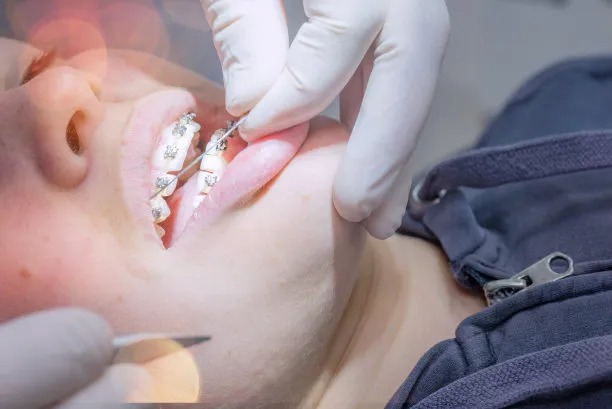Essential Guidelines to Follow After Your Dental Filling Procedure for Optimal Recovery and Oral Health
Summary: Following a dental filling procedure, proper care is crucial to ensure optimal recovery and maintain your oral health. This article outlines essential guidelines to follow after obtaining a dental filling, focusing on aftercare practices, dietary recommendations, pain management strategies, and when to seek follow-up care. By adhering to these guidelines, patients can significantly enhance their recovery experience and minimize discomfort, ensuring their dental restoration remains in good condition for the long term.
1. Essential Aftercare Practices for Fillings

After receiving a dental filling, maintaining good oral hygiene is paramount. Gently brushing your teeth helps remove plaque buildup and food particles around the filling site. However, it is advisable to avoid the use of abrasive toothpaste, as that could irritate the area. Instead, opt for a soft-bristle toothbrush to ensure the site remains protected while still being effectively cleaned.
Flossing is equally important after a filling. However, it should be approached with caution, particularly during the initial days post-procedure. When flossing around a newly filled tooth, do so gently to avoid dislodging the filling material or causing discomfort. If you are unsure about your flossing technique, consult your dentist for advice tailored to your specific situation.
Avoiding rigorous mouth rinsing or swishing for the first 24 hours after your filling is also essential. This can disrupt the setting process of the filling material. Instead, you may use a gentle saltwater rinse after the first day to aid in healing, but be sure to do so with care to avoid irritation.
2. Dietary Recommendations Post-Filling
Your diet plays a significant role in your recovery process following a dental filling. Right after the procedure, it is wise to stick to soft foods that require minimal chewing to prevent unnecessary stress on the newly filled tooth. Foods like yogurt, applesauce, and smoothies can be great options during the first few days.
In the first 24 hours, you should also avoid very hot or very cold foods and beverages. The filled tooth may be sensitive to temperature changes, which can lead to discomfort. Moderating food temperatures will help you avoid exacerbating any sensitivity and discomfort.
As you progress into the recovery period, you can gradually reintroduce tougher foods. However, it is advisable to avoid sticky or hard foods for at least a week post-filling. Things like chewing gum, hard candies, or tough meats can dislodge your filling or cause unnecessary wear.
3. Pain Management and Discomfort Control
Experiencing some level of discomfort after a dental filling is completely normal. Your dentist may advise over-the-counter pain relief medication for managing this discomfort. Nonsteroidal anti-inflammatory drugs (NSAIDs), such as ibuprofen, can reduce inflammation and alleviate pain effectively.
In the event that your pain escalates beyond manageable levels or persists for a prolonged period, it is essential to contact your dentist. Persistent pain might indicate a complication such as an improperly placed filling or an underlying issue that needs addressing.
You should also be aware of other signs of complications, including swelling or increased sensitivity to hot and cold temperatures. If you experience these symptoms, it鈥檚 crucial to book a follow-up appointment with your dentist to evaluate the situation.
4. When to Seek Follow-Up Care
Monitoring your recovery after a dental filling is vital to ensure no complications arise. If you notice any unusual symptoms, such as persistent pain, excessive swelling, or an unexpected change in your bite, seeking follow-up care is imperative. Delaying a visit could worsen any underlying issues.
Follow-up appointments can also be used to discuss any discomfort you might have experienced post-filling. Your dentist can provide necessary adjustments or alternative solutions to enhance your comfort levels.
Moreover, regular dental check-ups after your procedure remain crucial for maintaining oral health. Even if your filling feels fine, routine examinations can help catch any potential problems before they escalate.
Summary:
To promote optimal recovery post-dental filling, it is critical to follow essential aftercare practices, pay attention to your diet, manage pain effectively, and know when to seek follow-up care. These guidelines will help ensure that your dental work lasts while maintaining your overall oral health.
This article is compiled by Vickong Dental and the content is for reference only


